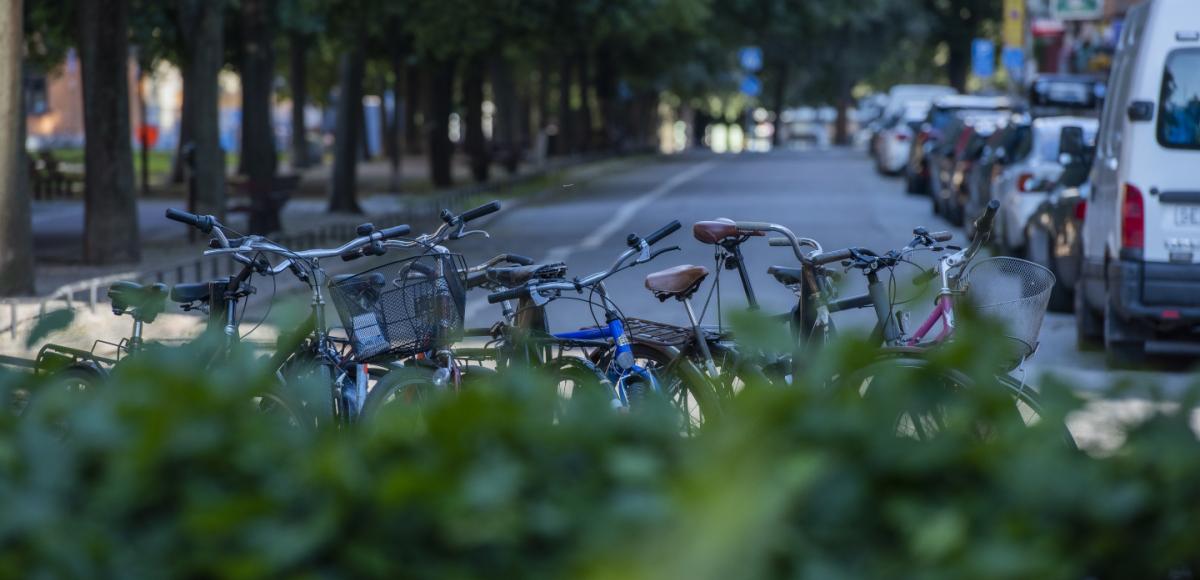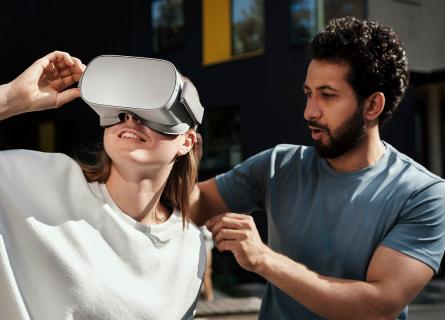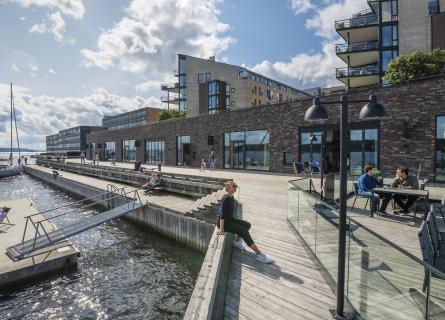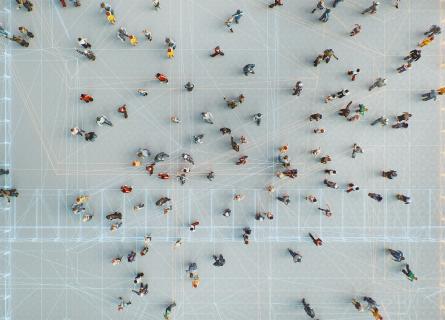
Smart cities and intelligent twins – can we create digital versions of the city?
Future Cities Insight #5 Smart cities and intelligent twins – can we create digital versions of the city?
You stand by a red light and are waiting even though you don't see the glimpse of other road users, yet you get caught of a creepy feeling that you let the machines take over your mind. You would never act like this if you lived in a city with an intelligent digital twin, the traffic lights had been perfectly synchronized with your movements and an AI would already have figured out your next step.
When we talk about a digital twin as an exact copy of their physical twin of a property or a city, we mean that they are filled with data and calculations to optimize performance. At AFRY we measure the level of progress of a digital twin in six levels.
Visual city is the first level (called level 0) AFRY offers. We build a digital model of a city environment and run simulations of different scenarios with traffic, noise, light, particles, wind, water and design monitoring data on surface dimensions, potential population and consistency that assesses the sustainability level of the project. The model simulates with input of assumed data, which means it's not connected to sensors that provide live data to the model.
Digital shadow is the next level (level 1) and is an online validated model which means that if something moves on the physical twin it´s replicated in the digital. This means that in a city for example we can see traffic flow streams live. We can then take a snapshot to work with digitally with different solutions to problems that the model warns about. In level 2 a digital twin gives diagnoses and keeps track of the useful life of a design while level 3 provides forecasts where the digital twin allows us to be prepared for future challenges.
Up to level 4 are the digital twins smart, but in levels 4-5 they become intelligent and can learn new knowledge through artificial intelligence (AI). A digital twin can visually take the parameters we provide it to get live data through sensors and to read the reality of for example self-driving cars. It begins by learning from the history to find relationships that we humans have missed. The digital twin helps us to see the system level, making it possible for the twin and AI to work out scenarios with different types of vehicle fleets and make recommendations for the optimal tire; for example we prefer to hold us inside in order to prevent wear and particle dispersion.
At level 5, the digital twin evaluates itself and seeks optimization and provides feedback to its developers. At this level, the digital twin can plan for a better environment of the city than we can. However, anyone who uses the autocorrect in text messages know that technology isn´t necessarily that incontinent yet. Sorry intelligent.
Cecilia Windh, Urban Planner
Hans Bjarnehed, Sales, Industry
Facts:
AFRY can deliver services ranging from domain/ industry knowledge to all technology areas that a digital twin requires. AFRY has the ability to assemble systems into a digital twin that is implemented in the customer´s system. It requires close collaboration with the customer and access to data.




